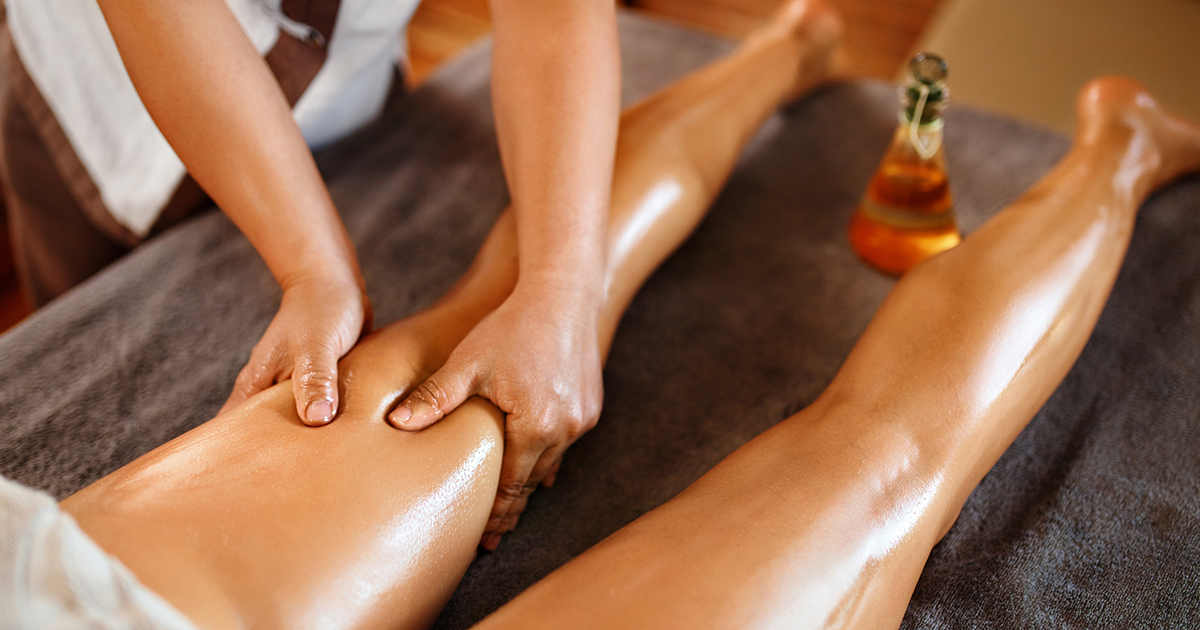Everything You Need To Know About Degenerative Disc Disease
Medications And Injections For Treatment

Individuals affected by degenerative disc disease may need medications and injections to help ease debilitating symptoms and prevent further complications. Because the mechanism of degenerative disc disease causes progressive damage to bones and surrounding tissues, there is a response from the individual's immune system. This response has a result of severe swelling, redness, and inflammation of the affected area. Over-the-counter pain relievers and nonsteroidal anti-inflammatory drugs can help reduce pain and bring down mobility-reducing swelling.
For severe cases, stronger narcotic medications may be prescribed for the management of pain. Steroid shots may be useful for degenerative disc disease patients because they deliver medications directly to the affected area. Steroids are effective at mediating the immune system response, effectively reducing inflammation and the results of it. Steroid shots are usually given for degenerative disc disease in the epidural space or fluid-filled region around the spinal cord located in the patient's back. Steroid shots may also be injected into a nearby muscle or nerve.
Massage Therapy

Massage therapy may be included in a degenerative disc disease patient's treatment regimen to help reduce pain and soothe inflammation. Individuals with degeneration of the cervical discs or disks in the upper back and neck have benefited the most from massage therapy as part of their treatment. Soft tissue and fascial release is a massage method that improves lymphatic and blood circulation, relaxes contracted muscles, and stimulates the reflex of stretch in the muscles. Degenerative disc disease patients often have muscular problems that occur due to the compression of the nerve and muscle tissues around the cervical spine. In addition, cervical spinal disc degeneration causes the development of severe tension in the shoulder girdle and neck.
Massage therapy has shown to be successful at alleviating elevated resting muscle tension in many patients. The reduction in shoulder girdle muscle adhesions through fascial techniques have helped with the spinal range of motion in individuals affected by cervical degenerative disc disease. Massage therapy is also helpful in dispersing the waste products that result from adhesions that form around the nerve root and between the upper spinal vertebra.
